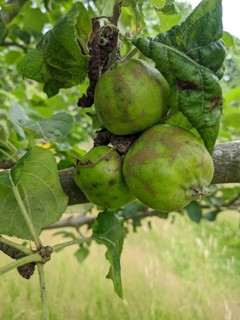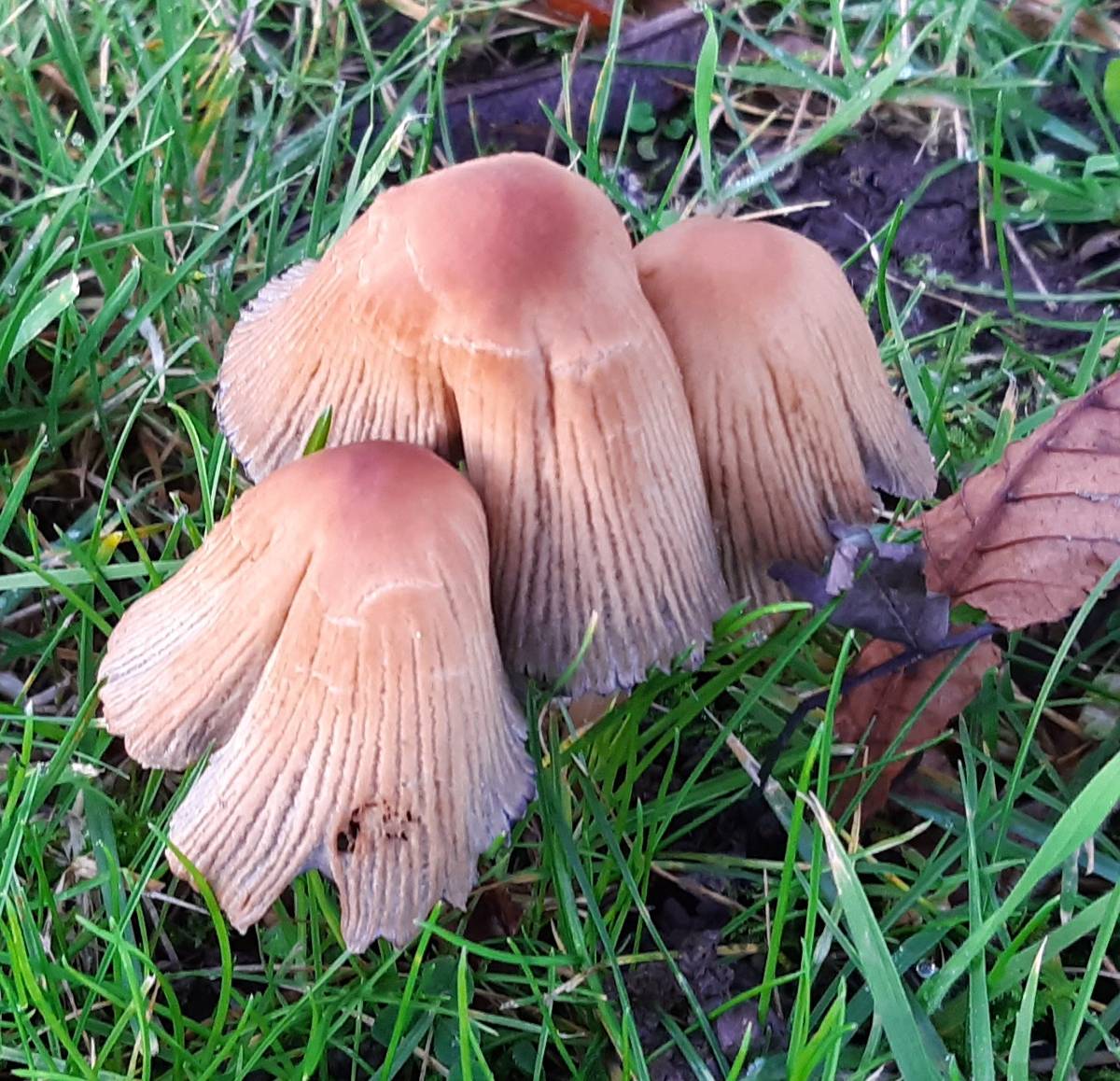
Next time you walk through a forest, look down. A city lies under your feet
Anna Tsing, 2010
This is a guest blog written by a visiting fellow Lenka Vráblíková who was in Loughborough during the Winter 2020.
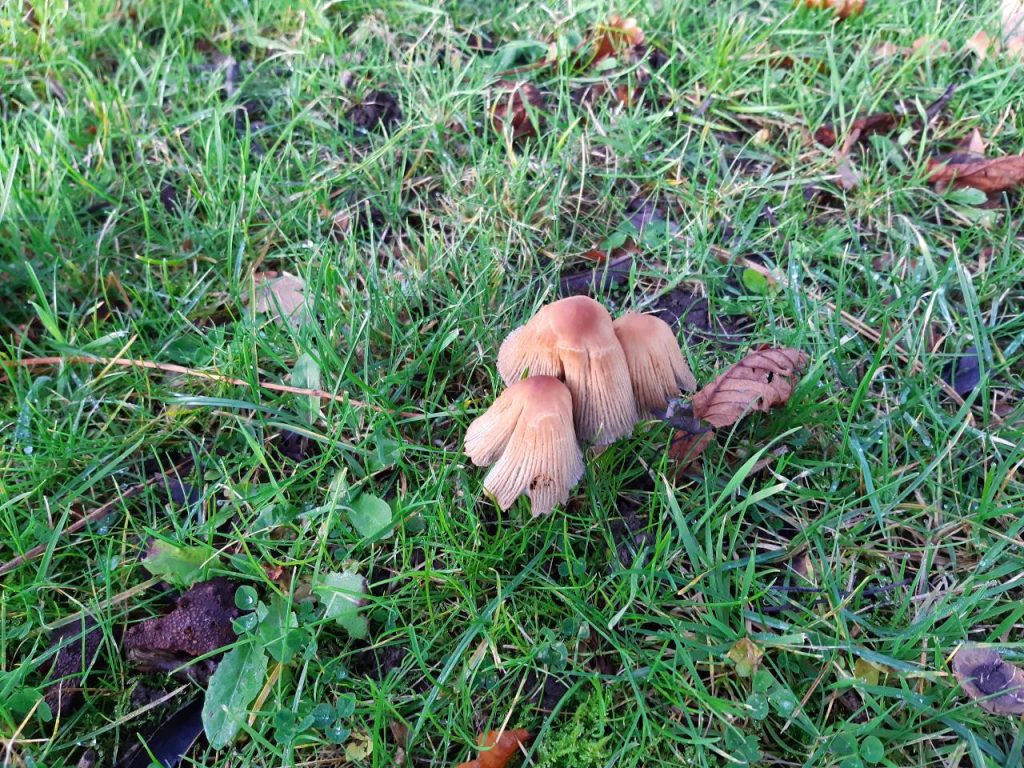
In the afternoon of 26th of November, we – Lenka, Marsha, Marlous and Serena – went for a mushroom foraging walk around the campus. The walk was part of Lenka’s Residential Fellowship at the Institute of Advanced Studies (IAS), and followed a talk she gave earlier that day. The walk adopted a format which Lenka has been exploring together with Elspeth Mitchell since 2017, and which aims to provide space to engage with questions of social and environmental justice through collective foraging for mushrooms and reading excerpts from feminist texts.
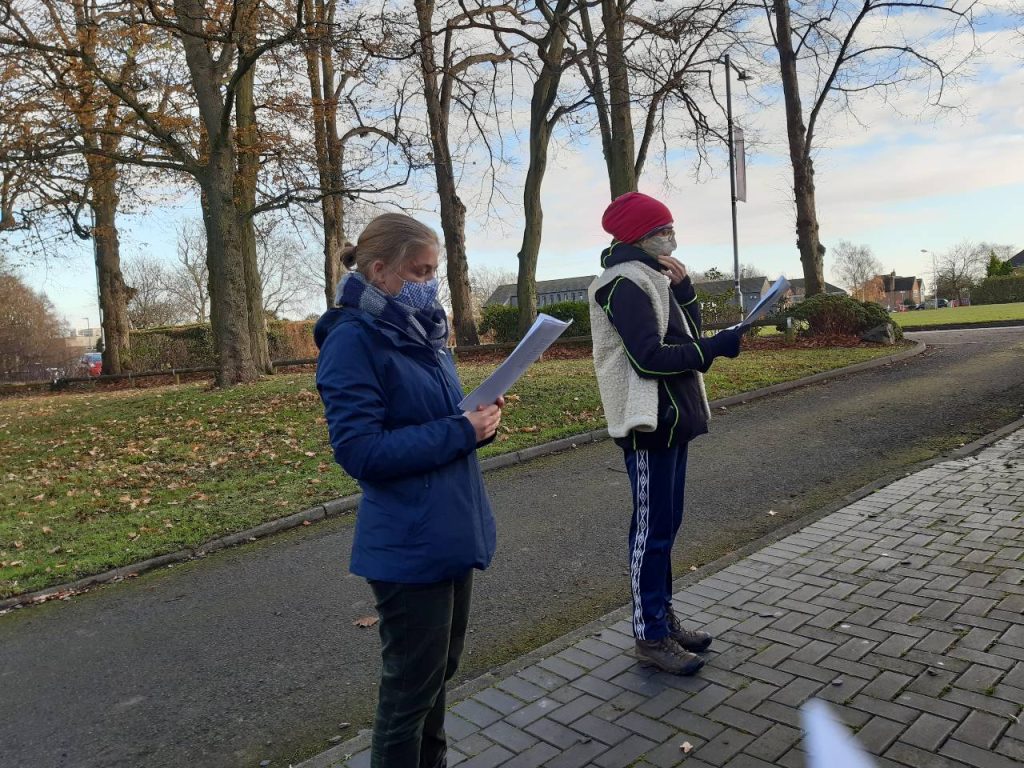
Equipped with a mushroom ID book and texts by feminist anthropologist Anna Tsing and literary scholar Aimee Bahng, we gathered at International House (the home of IAS). Our walk began with the reading of an introduction to ‘Arts of Inclusion, or How to Love a Mushroom’ by Tsing, where Tsing encourages us to use our senses such as sight and smell to engage with ‘the underground city of fungi’.
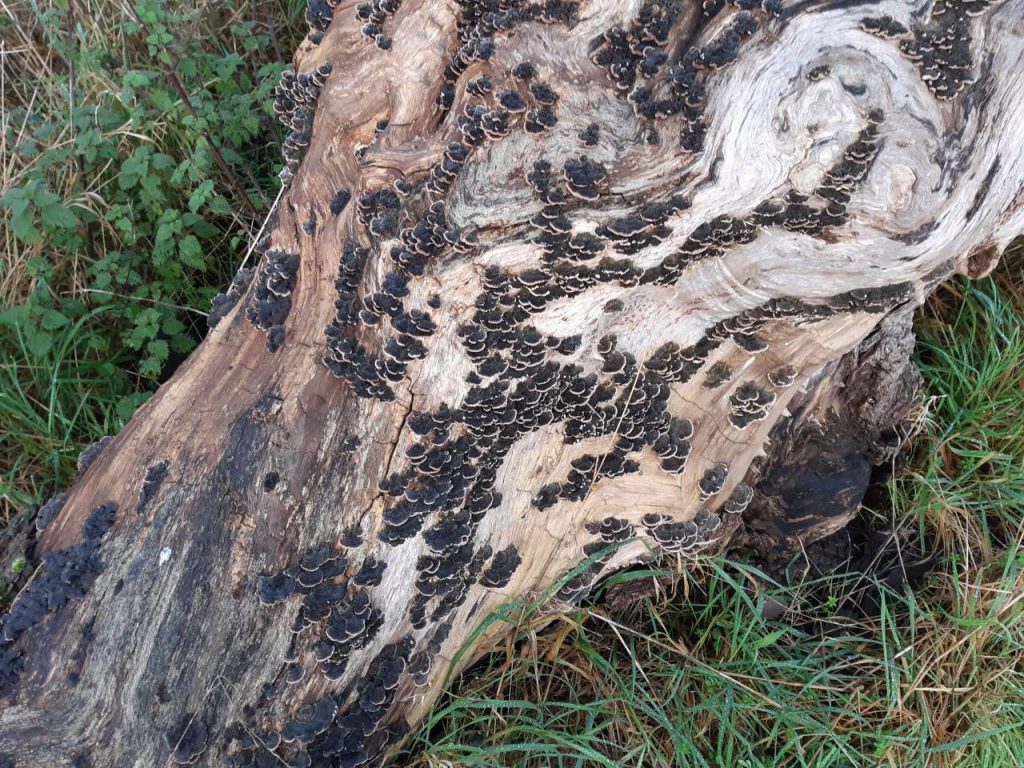
Walking in the direction of Pilkington Library and following the path to Burleigh Court, we encountered numerous mushrooms growing along the road, many with a layer of frost covering their caps. Our journey continued to Holywell Woods that serves as Loughborough University Research Forest (LURF) and the nearby Burleigh Wood. Here we found what we could call – following the comparison of the worlds of fungi to those of urban humans in Tsing’s essay – a mushroom metropolis. Several fungi species sharing a tree log, including a beautifully colourful mushroom turkey tail. Turkey tail is a common mushroom and is considered inedible to humans but is used in medicine in many parts of the world such as in China. There was also Auricularia auricula, a mushroom known as jelly ear, a pinkish-brown to dark brown mushroom distinctive for its ear-like shape. Jelly ears are edible and have also been used in medicine. We learned that they do not have a very strong taste which makes them very versatile in the kitchen. Like turkey tail, jelly ears can be found throughout all seasons in the UK. This is true also for another mushroom species which accompanied them – oyster mushroom, an edible mushroom sought after by mushroom foragers which grows in clusters and have broad, fan or oyster-shaped caps.

In her talk, Lenka mentioned that some human cultures appear to be mycophilic (mushroom-loving), while others are more mycophobic (mushroom-fearing). This led to an intriguing conversation about our own cultural backgrounds and how most of us had been taught to be very wary of wild mushrooms – of touching them and especially of eating them. Judging by the sheer quantity and variety of mushrooms we were able to find, we are not alone in our fear here in Loughborough.
Next time you walk through a campus, look down. A city lies underneath your feet.
Serena Smith, Marlous Van-Boldrik, Marsha Meskimmon, and Lenka Vráblíková

